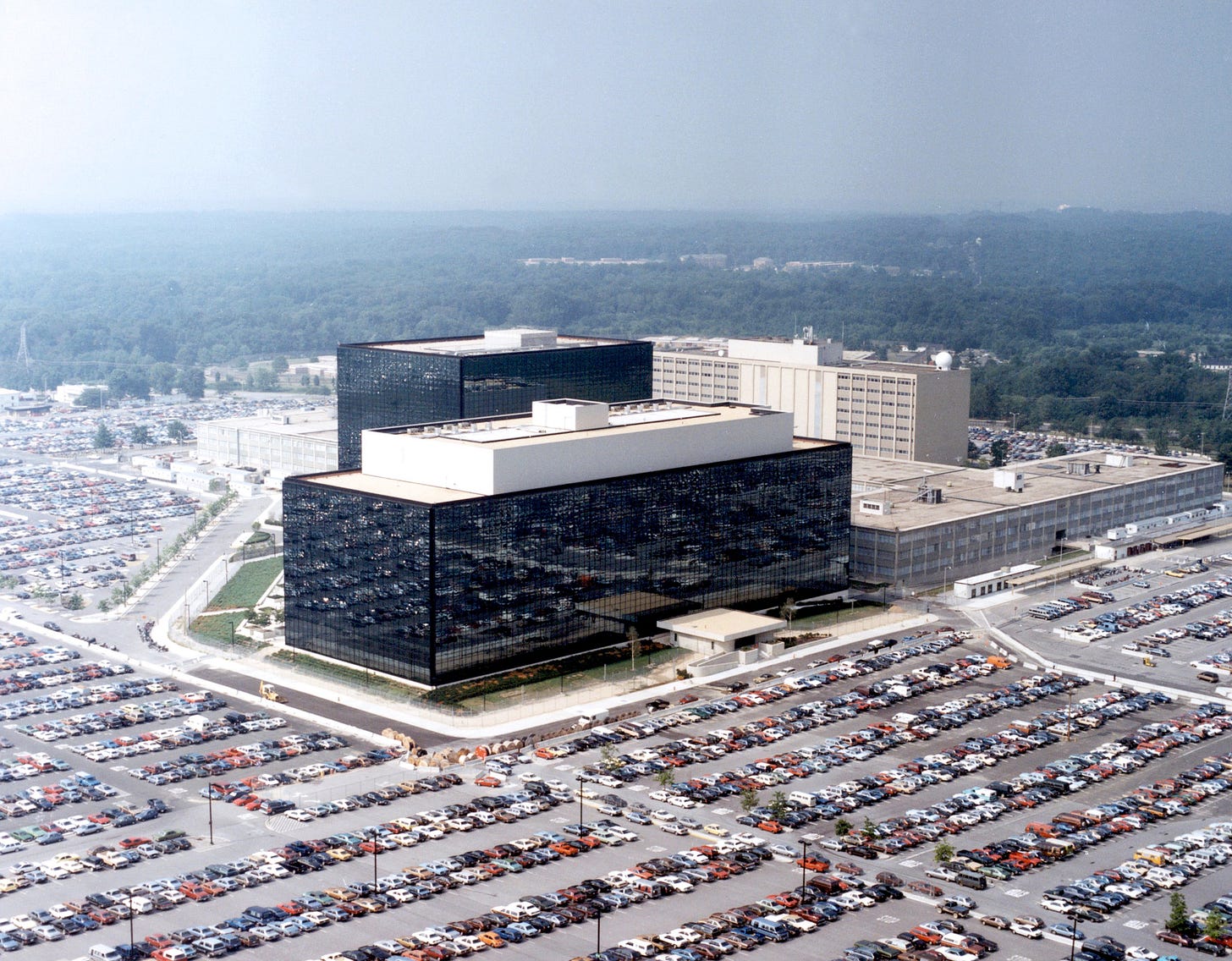Introduction
The global defense landscape is experiencing a fundamental shift as small satellites—defined as spacecraft weighing up to 500 kilograms—become central to national security architectures. The Space Development Agency (SDA) intends to have at least 1,000 satellites in low Earth orbit by 2026, representing a paradigm change from traditional exquisite satellites to proliferated constellations. This transformation is driven by three critical factors: the need for competitive endurance in contested environments, democratized space access through commercial launch providers, and evolving production capabilities that enable rapid deployment at scale.
The small satellite market presents compelling investment opportunities, though market sizing varies significantly across research sources. According to IMARC Group, the small satellite market was valued at USD 4.9 billion in 2024, while other research firms report figures ranging from $3.66 billion to $6.9 billion for the same period, indicating fundamental differences in market definition and scope. This variance reflects the nascent nature of many applications and makes precise forecasting challenging for investors.
The strategic implications extend beyond traditional defense contracting, as small satellites enable new operational concepts that blur the lines between commercial and military space assets, creating both opportunities and vulnerabilities in an increasingly contested domain.
Market Dynamics and Investment Landscape
The small satellite defense market exhibits characteristics of both mature defense contracting and emerging technology sectors, creating unique investment dynamics. Market size estimates vary dramatically across research sources, with projections ranging from conservative single-digit billion-dollar forecasts to aggressive estimates exceeding $100 billion globally by 2030, depending on market definition and inclusion criteria.




